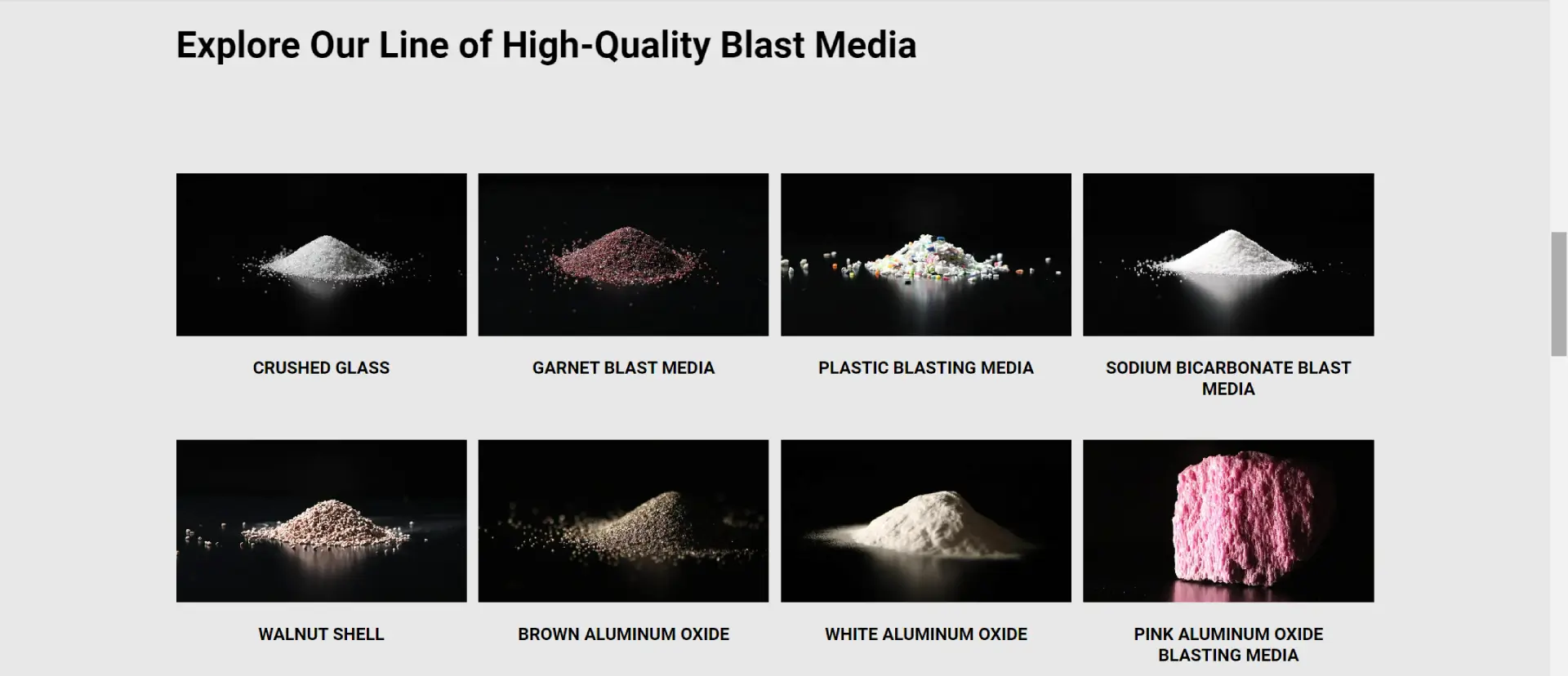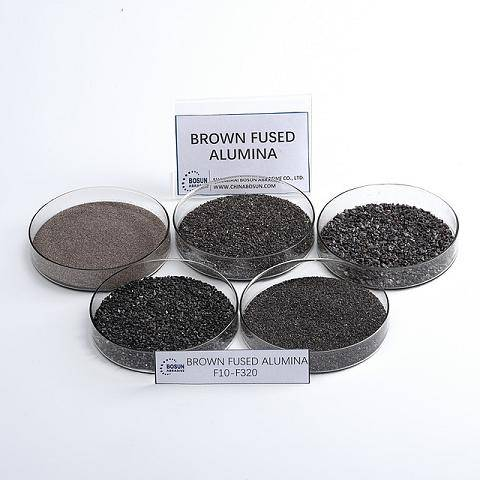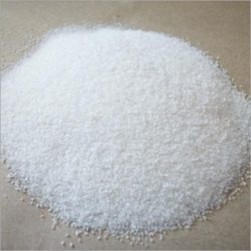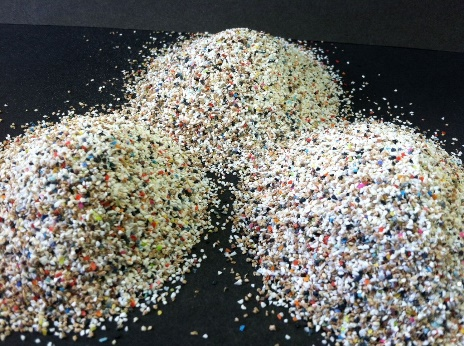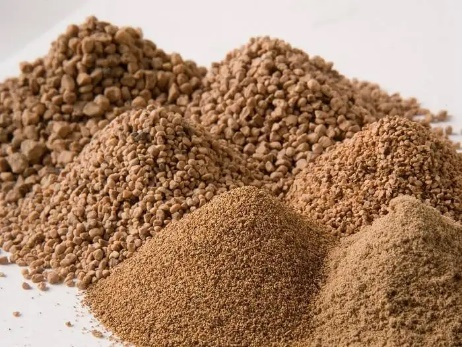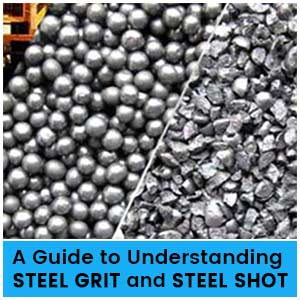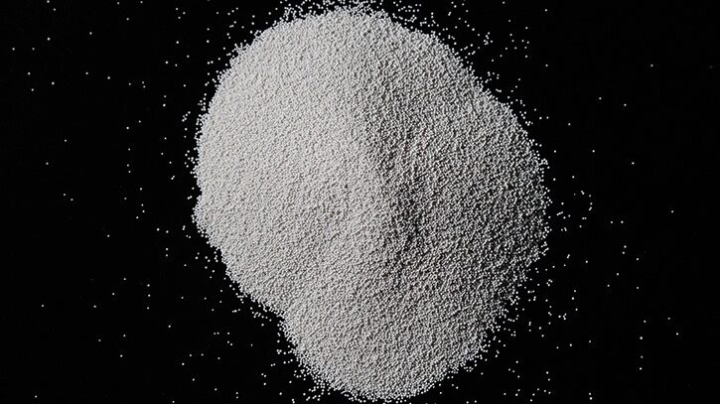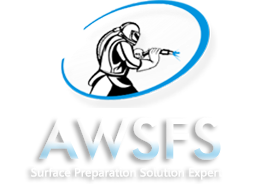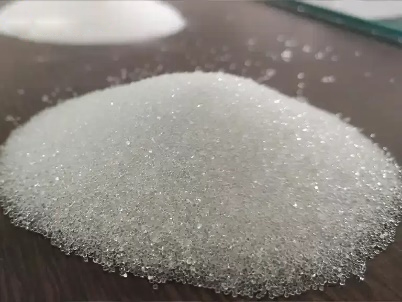
Shot Blast Glass Bead
Shot Blast Glass Bead are spherical in shape and are used in blasting & peening Application.
The shape of Blast Glass Bead glass beads allows for a four-step process in one application because they can clean, finish, peen, and in some cases even deburr.
It leaves a nice, bright, satin finish on metallic surfaces.
The wide range of sizes available in glass beads allows for a variety of surface finishing and cosmetic textures. Shot Blasting Glass Bead are also chemically inert and will not leave contamination, or residue, on surfaces.

